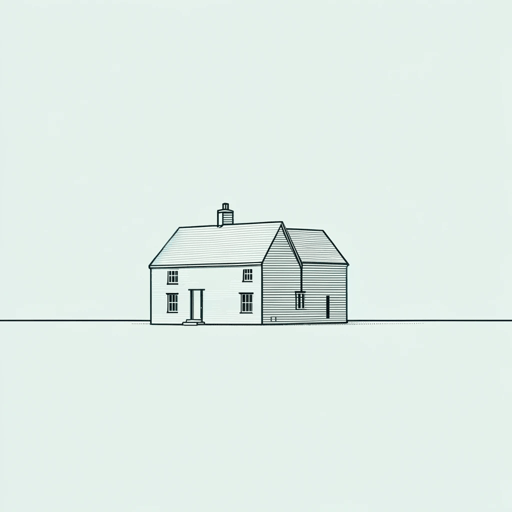28 pages • 56 minutes read
Neil GaimanOctober in the Chair
Fiction | Short Story | Adult | Published in 2002A modern alternative to SparkNotes and CliffsNotes, SuperSummary offers high-quality Study Guides with detailed chapter summaries and analysis of major themes, characters, and more.
Literary Devices
Anthropomorphism
Neil Gaiman uses anthropomorphism to bring the months of the year to life. He takes the idea of each month and endows them with physical and personality traits that match each month. For example, the spring and early summer months such as April and June are described as dainty and clean, paralleling the blossoming and thawing that occurs in these seasons. These descriptors show how their relative youth in the year sets them apart from their older and more experienced siblings. For example, October is described as having a beard that matches the color of autumnal leaves. Their experience also lends to their sense of melancholy; October tells a wistful but macabre tale, and November is described as cold and dark. This anthropomorphizing uses the reader’s existing knowledge of months and seasons to develop the characters implicitly rather than spending abundant narrative space on direct characterization.
Cliffhanger
The cliffhanger at the conclusion of October’s story contributes to the audience’s feeling of dread and unease by leaving them with unanswered questions. At no point is it confirmed what resides in the abandoned farmhouse, and it is simply alluded that whatever is in there can make
Related Titles
By Neil Gaiman

American Gods
Neil Gaiman
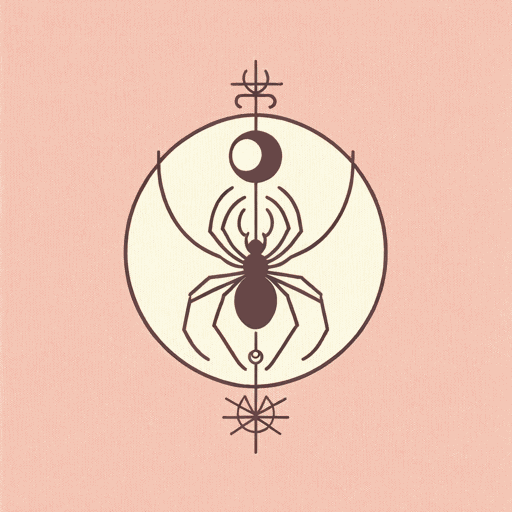
Anansi Boys
Neil Gaiman

Coraline
Neil Gaiman

Fortunately, the Milk
Neil Gaiman
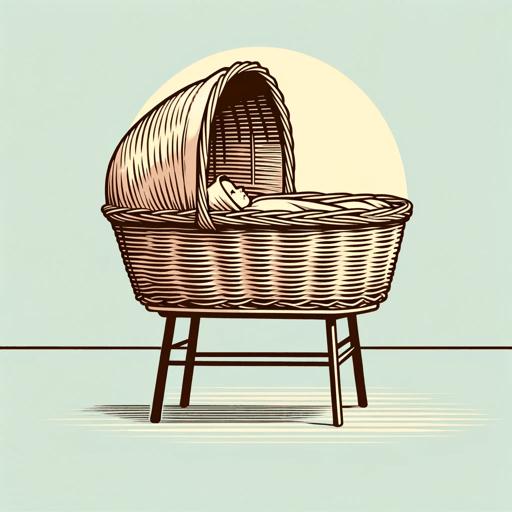
Good Omens: The Nice and Accurate Prophecies of Agnes Nutter, Witch
Neil Gaiman, Terry Pratchett

How to Talk to Girls at Parties
Neil Gaiman
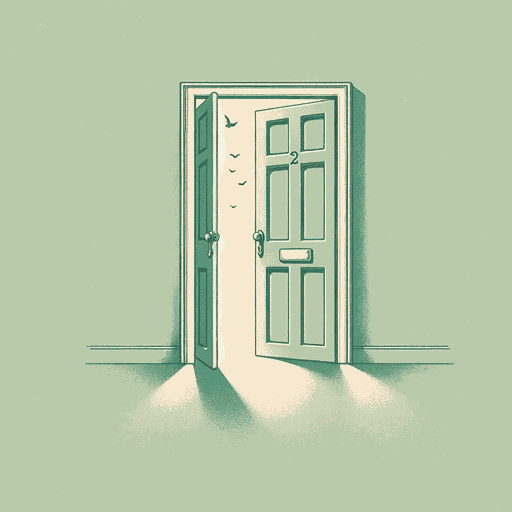
Neverwhere
Neil Gaiman

Norse Mythology
Neil Gaiman

Stardust
Neil Gaiman

The Graveyard Book
Neil Gaiman
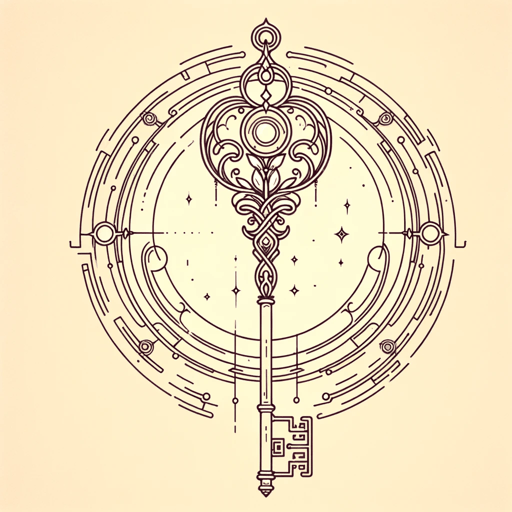
The Ocean at the End of the Lane
Neil Gaiman
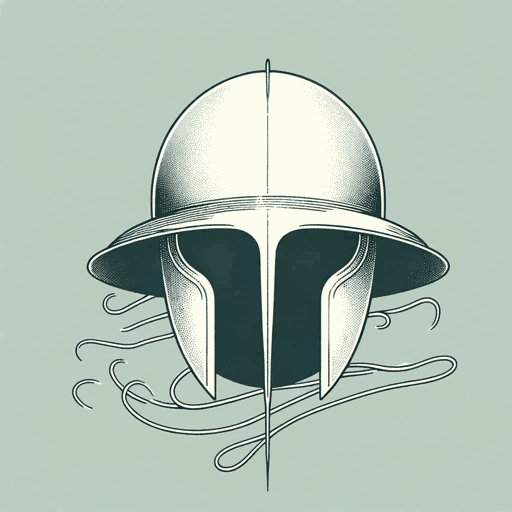
The Sandman Omnibus Vol. 1
Neil Gaiman

The Sleeper and the Spindle
Neil Gaiman
